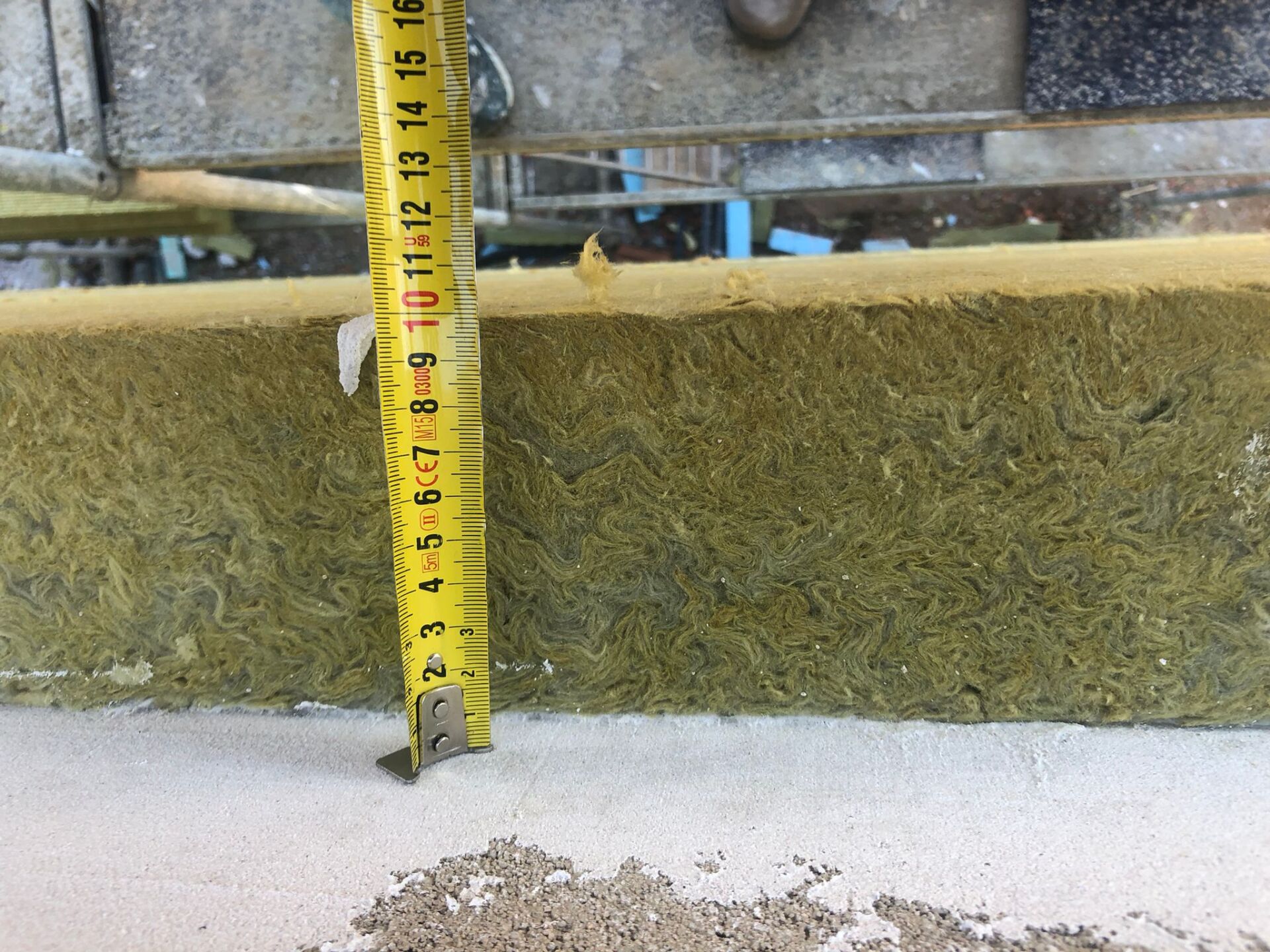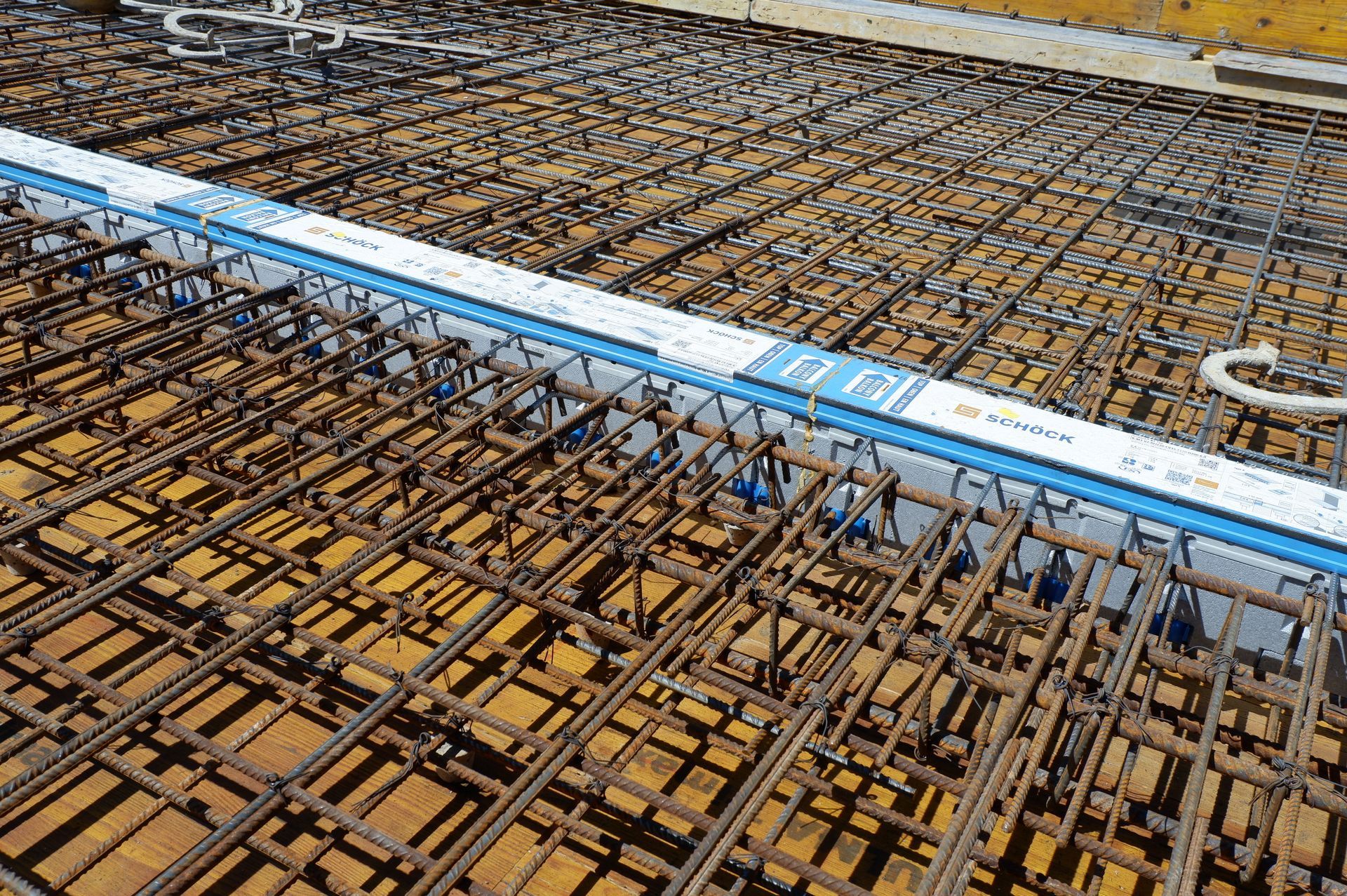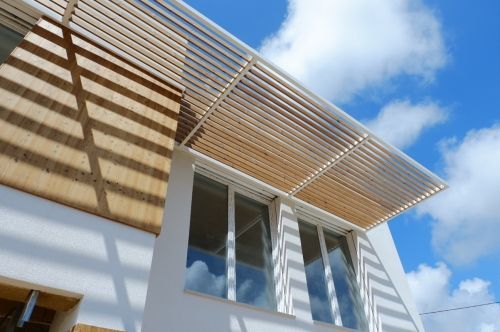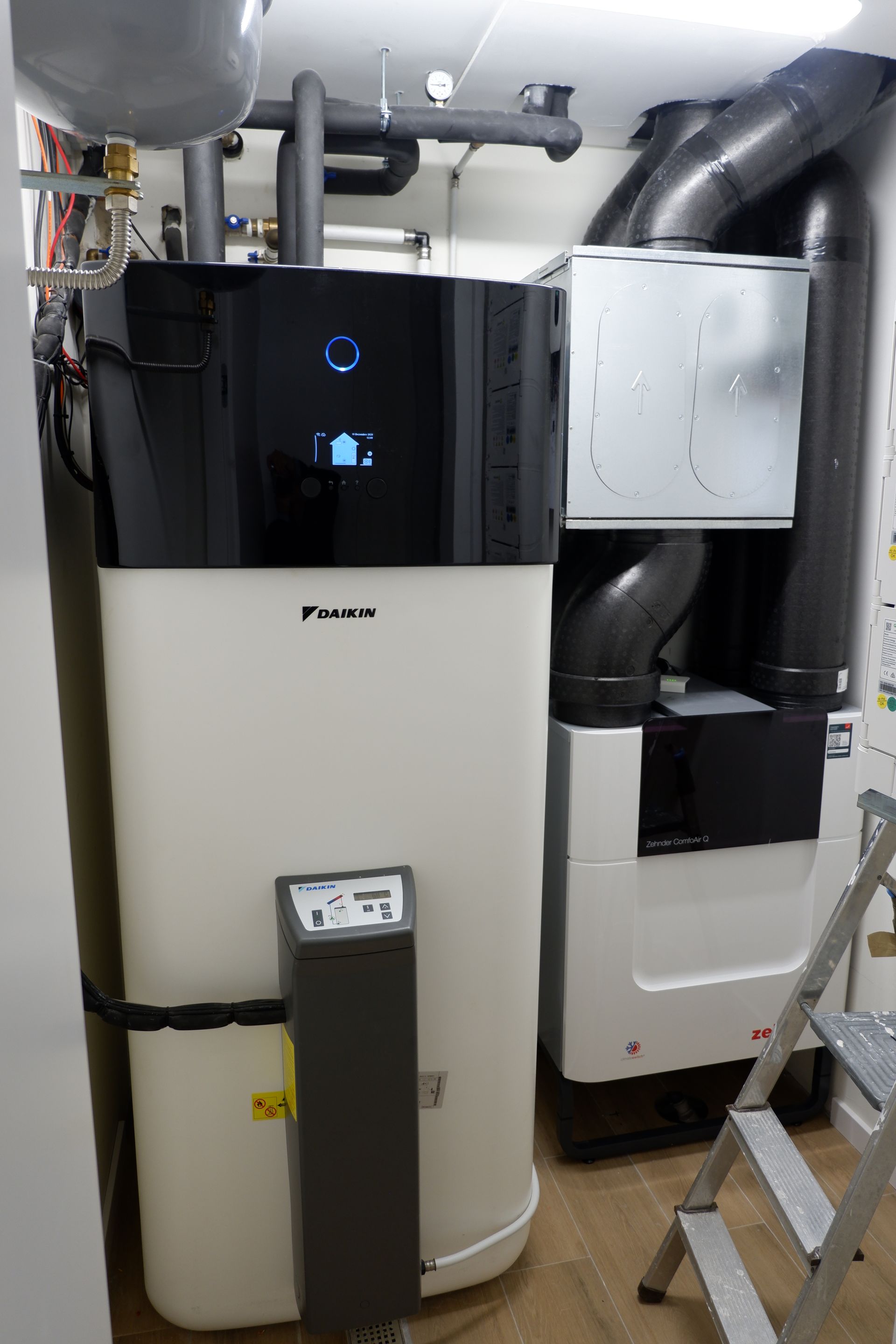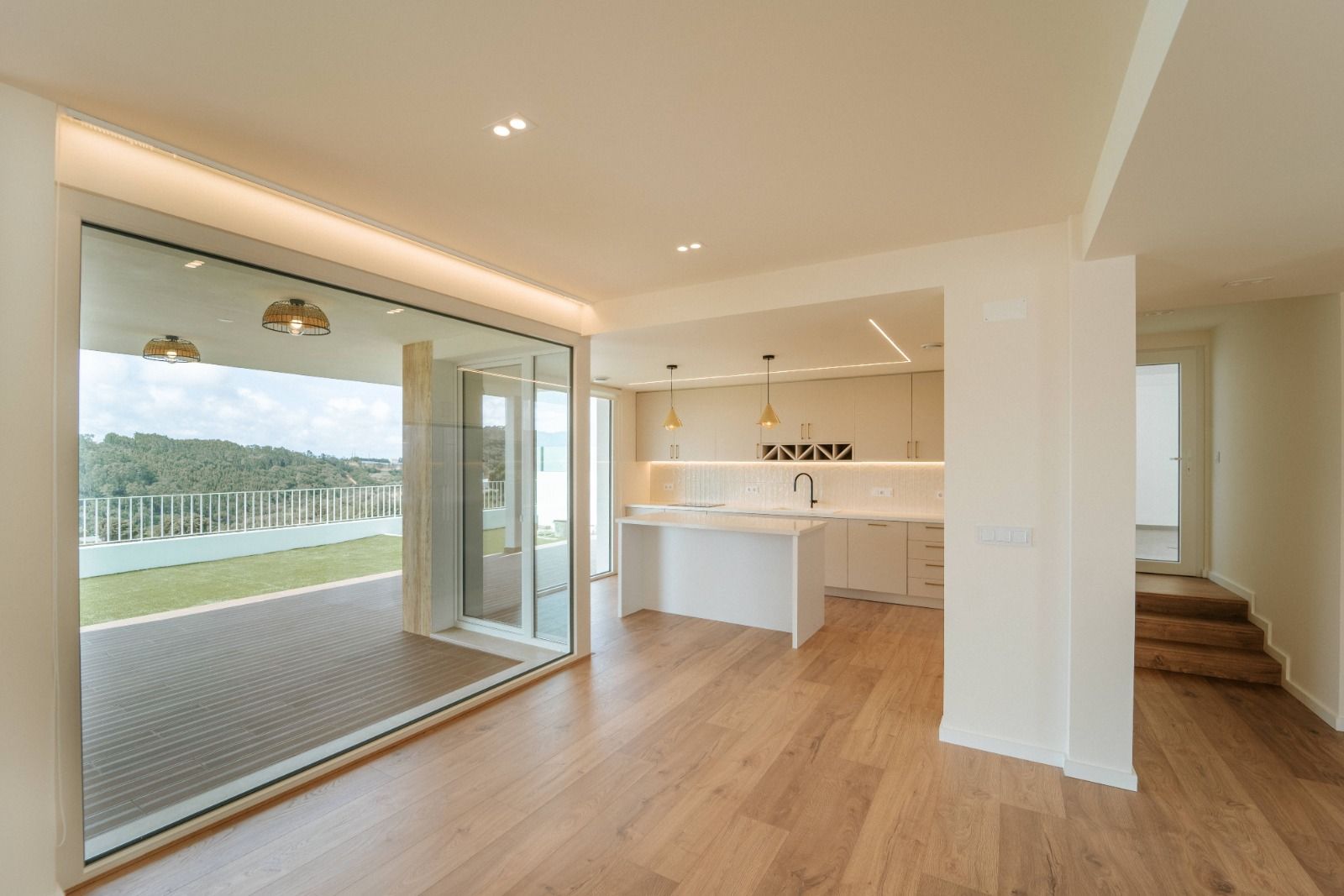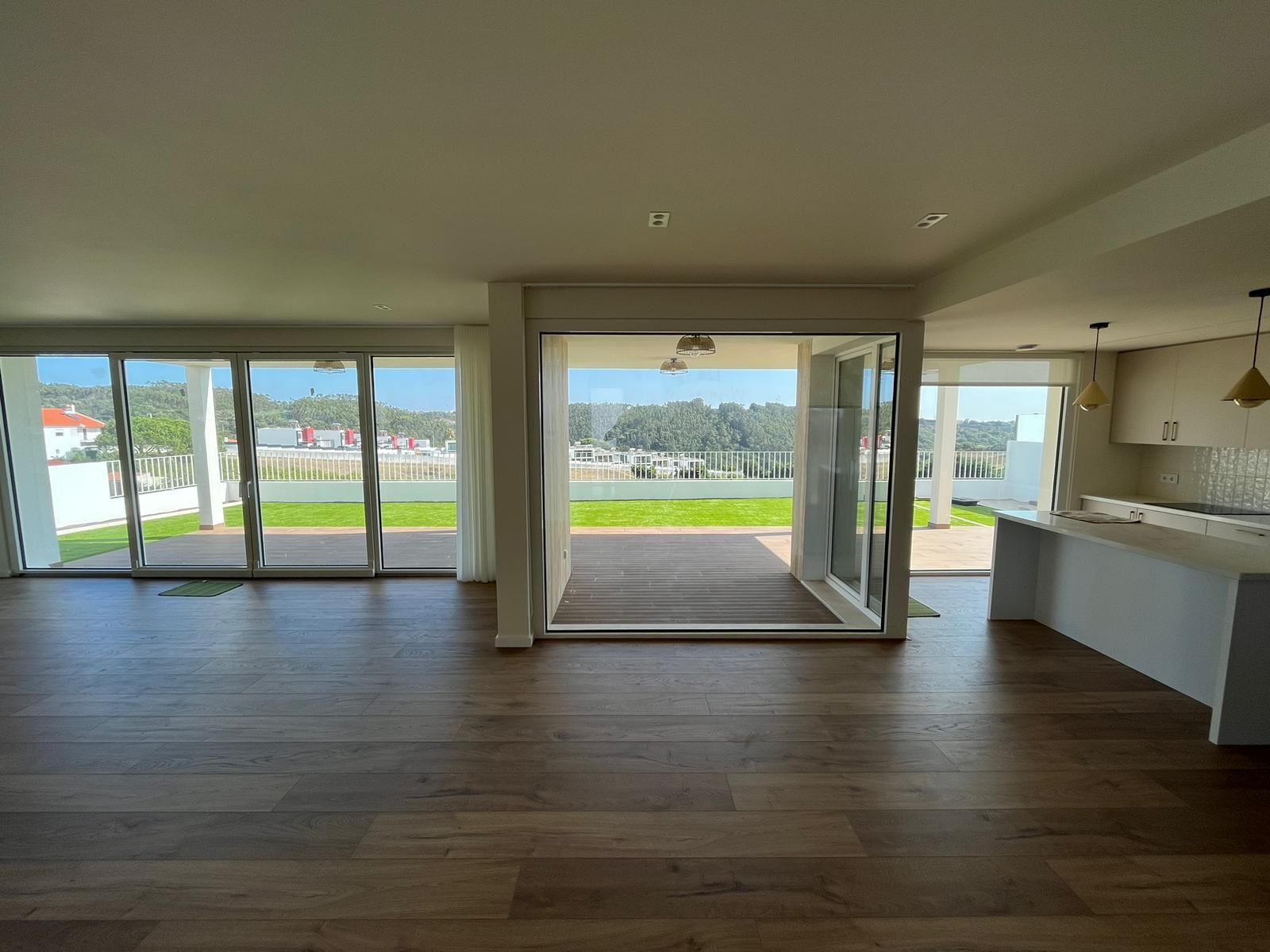Blower Door Test
What is the purpose of airtightness according to the Passive House Standard?
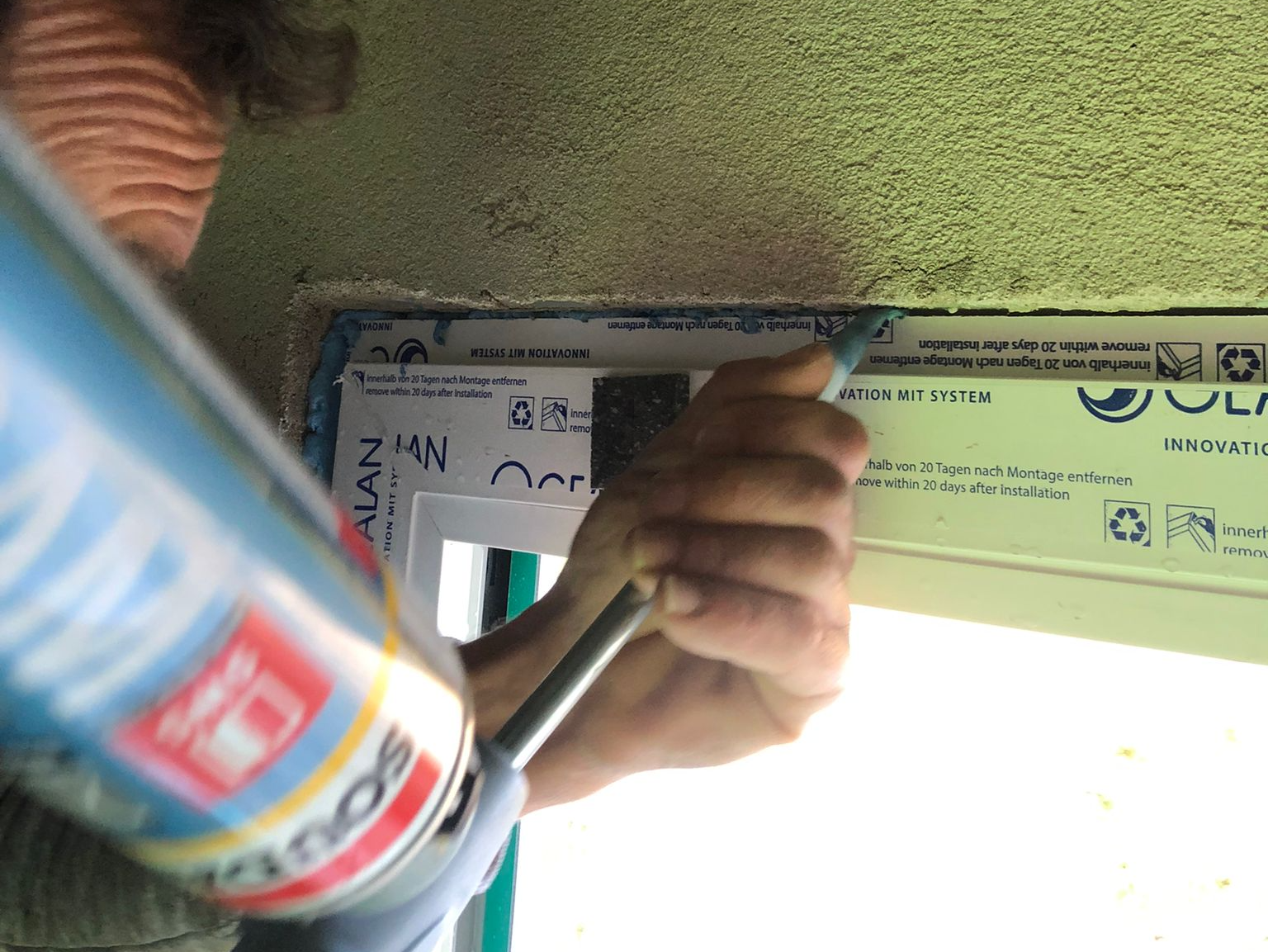
Beyond controlling indoor temperatures — and therefore energy performance — the goal is to prevent uncontrolled leakage through gaps.
Why is this important?
When warm, humid air flows through uncontrolled leaks in the building envelope and comes into contact with cold surfaces, it cools down and its capacity to retain water vapour is reduced. This leads to condensation, turning the vapour into liquid water.
If this condensation happens inside the walls and remains trapped, it can cause:
- A reduction in the thermal performance of the wall (higher U-values)
- Structural damage and degradation
- Mould growth and other building pathologies
Aiming for optimal airtightness is also key to achieving the strict Passive House targets for Annual Heating Demand and Cooling and Dehumidification Demand, ensuring not only energy efficiency and indoor comfort but also long-term durability.
By reducing energy demand, we lower CO₂ emissions and contribute to more sustainable construction practices — a critical step towards a carbon-neutral future.







